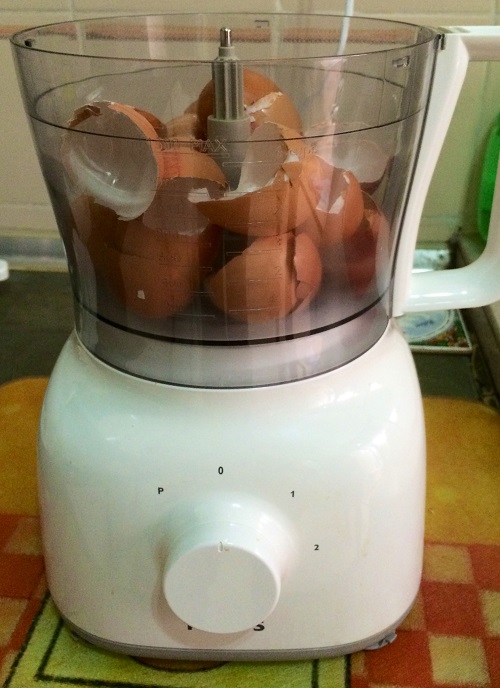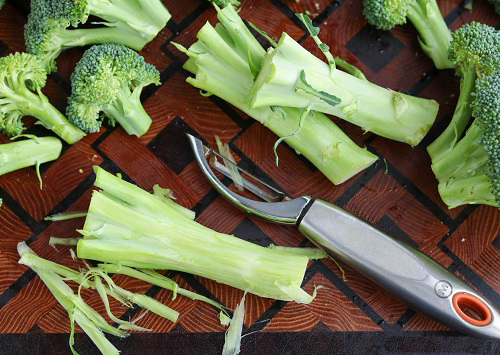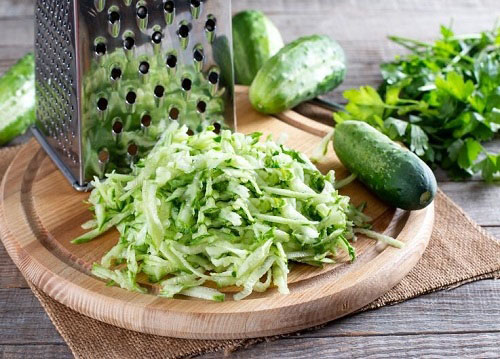You will be surprised to know about these Things that Come from Your Blender that Can Fertilize Your Plants! Read on!
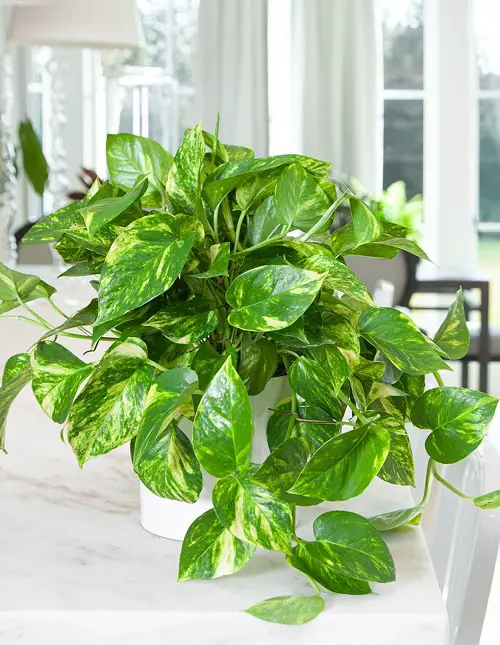
Do you realize that there are Things that Come from Your Blender that Can Fertilize Your Plants? Sounds odd? Keep on reading to find out!
Check out the Homemade DIY Fertilizer Recipes from Food Scraps
Things that Come from Your Blender that Can Fertilize Your Plants!
1. Banana Peels
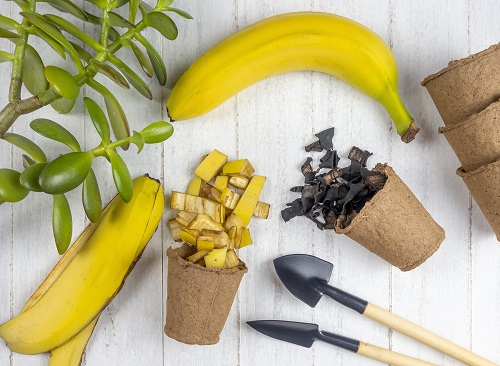
You can use banana peels as a plant fertilizer. Just chop them up into small pieces and bury these pieces around the plant. They’ll decompose and release the nutrients slowly into the soil.
Banana peels are rich in potassium, which assists plant growth and increases their resistance to many plant diseases. They’re also full of calcium, magnesium, and phosphorus. But that’s not all; banana peels contain vitamins A, B, and C and are full of antioxidants.
How it Helps the Plants?
The minerals and vitamins in banana peels aid plant growth. They also have nitrogen, which helps the plant stay green and full of organic matter – aiding the texture and fertility of the soil. You don’t have to bury them too deep. Just enough so they aren’t disturbed by watering.
2. Orange Peels

To use orange peels as fertilizer, the peels must first be dried. This can be done by laying the peels out on a towel or plate and allowing them to air dry for a few days.
Once they are completely dried, they can be chopped or blended into small pieces. These pieces (handful per plant) can then be added directly to the soil.
Note: When using orange peels as fertilizer, it is important to remember not to use too much, as it could potentially harm the plants. Once in 2-3 months is just fine.
How it Helps the Plants?
Calcium helps build strong cell walls, while magnesium and potassium are important for photosynthesis. Phosphorus helps with root growth, while trace minerals like zinc, iron, and copper help with enzyme production and other essential plant functions.
Orange peels can also provide additional nitrogen, which helps with leaf growth. Additionally, orange peels contain a compound called limonene, which can act as a natural pest repellent.
3. Pomegranate Peels
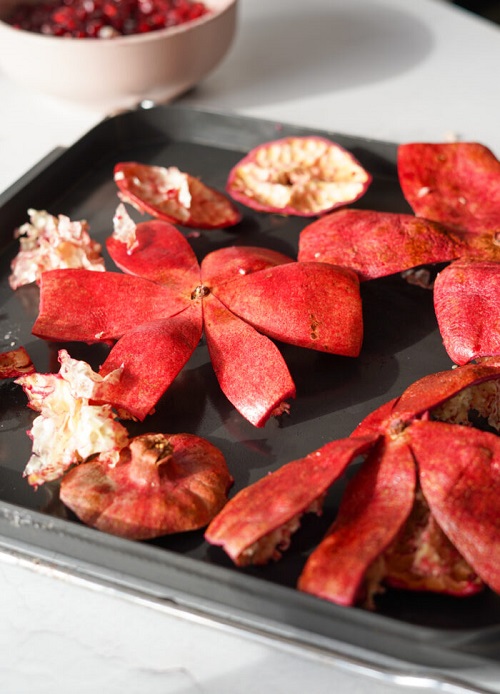
First, the peels should be washed and dried. Once dry, they can be blended into a fine powder. Add 2-3 teaspoons of it in the growing medium once a month for best results.
You can also add 2-3 teaspoons in a liter of water and use it to water the plants once in 2 months. Pomegranate peel is rich in ellagitannins, flavonoids, and proanthocyanidin compounds. The peel also has micronutrients such as copper, zinc, and iron.
How it Helps the Plants?
The fertilizer helps the plants to absorb more nutrients from the soil, resulting in healthier and more vibrant plants. Additionally, the peels contain some natural compounds that can help protect plants from pests and diseases. Pomegranate peels are an excellent, natural way to fertilize plants and promote healthy growth.
4. Mango Peels
Just like bananas, you can cut mango peels as a fertilizer. Let them dry and put them in the blender to make a fine powder. Just 2-3 tablespoons of this per plant is enough fertilizer for 1-2 months.
Mango peels are full of potassium, magnesium, calcium, phosphorus, copper, iron, and sulfur – all essential nutrients that can keep all parts of your plants healthy and blooming.
How it Helps the Plants?
All these nutrients are released into the soil as the powder breaks down and is absorbed by the roots. Mango peels also help the soil retain moisture and are perfect if you live in a hot and dry region. Mango peels also repel many insects and slugs and form a natural barrier around your plants.
5. Lemon Peels
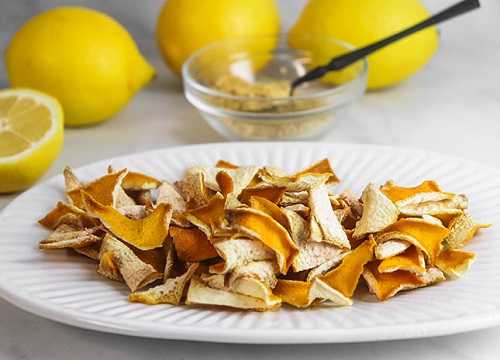
Don’t let lemon peels go to waste, either. A little bit of these can be great for your plants.
Just keep gathering them, cut them into smaller pieces, and put them in the blender. Add a bit of water so it covers them up completely. Blend these, and you’ll have a thick paste. Now, take this paste and spread it around the plant’s base. Don’t let the leaves touch it because the acidic nature of the lemon will harm the leaves.
Once done, water the plants lightly so the paste is soaked up into the soil. You can also use lemon juice on your plants. We have a great article on it here.
How it Helps the Plants?
Lemon peels are full of vitamins and minerals that your plant needs for healthy growth and beautiful flowers. But don’t use it often. Once in 2 months is enough.
6. Papaya Peels
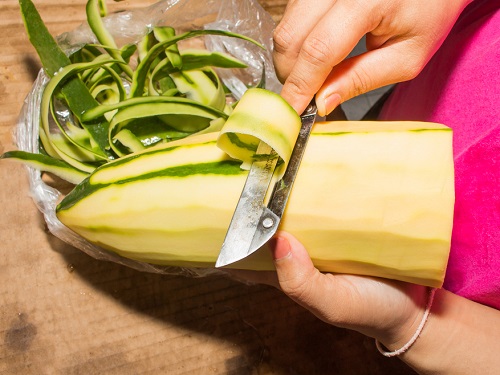
Why not go with papaya peel powder? Just 2-3 spoons can be added to the soil or compost to give your plants a nutrient boost.
Just wash the peels to get rid of the dirt and let them dry in the sun. Now, spread them out on a baking sheet and put them in the oven at 350°F for 8-10 minutes. They’ll turn really crispy and brittle. You can crush these with your hands or the back of a spoon, and you’ll have the powder ready.
How it Helps the Plants?
Papaya peels are full of potassium, magnesium, calcium, iron, and many other essential minerals that can help promote healthy plant growth. The peels release the nutrients slowly, without overwhelming the plant, and also replenish the soil’s organic matter. Win-win.
7. Grapefruit Peels
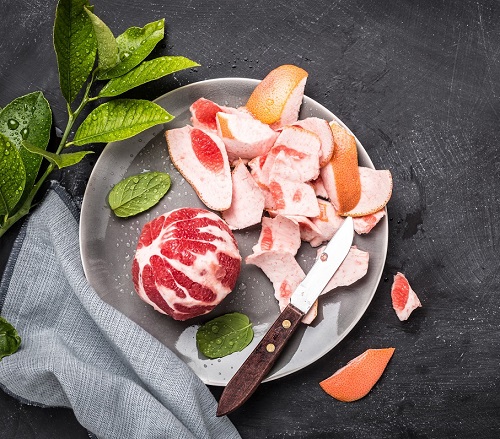
Grapefruit peels can be used in the same way, too. But you don’t need to put them in the oven. Just blend them to make a paste and spread it around the plant’s base.
If you don’t have a blender, you can bury them in the soil around the plants. This one will take a bit of time for them to break down, but the nitrogen, potassium, and phosphorus that they release will help your plants thrive for a long time.
How it Helps the Plants?
The nutrients in grapefruit peels are best for tropical plants because they can make the plants bushier. But wait, there’s more. Grapefruit peels also deter pests like slugs because they find the citrus smell irritating and will avoid going near your plants.
Check out these Super Useful Homemade Fertilizers for Indoor Plants in Water
8. Apple Peels
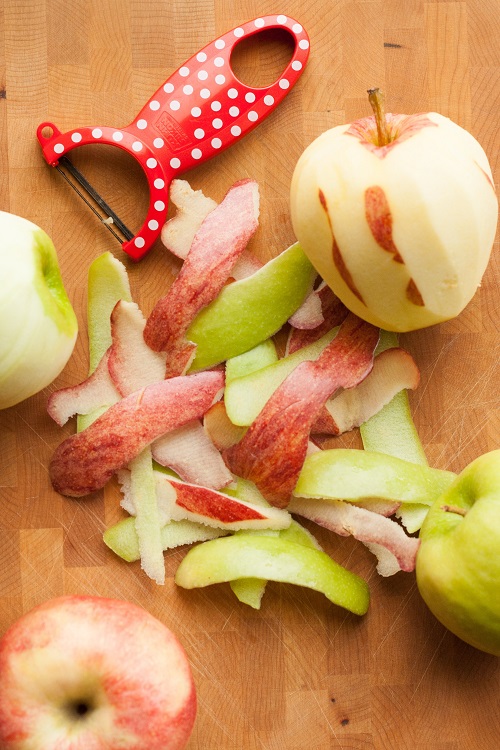
If you don’t like eating apple peels, why not feed them to your plants? Collect a bunch of these and rinse them in cold water. Once they’re dry, use a processor or blender to make a fine powder of these peels.
You can add it to the soil when planting or even use it as a top dressing for the garden bed.
How it Helps the Plants?
Apple peels are an excellent source of calcium, magnesium, phosphorus, potassium, iron, and other trace minerals. When composted, they can add significant amounts of these nutrients to the soil. Apple peels also contain pectin, which helps retain moisture and can improve the soil structure.
9. Eggshells
Whenever you have eggs, don’t throw away the eggshells. Clean them up and grind them into a fine powder. Now, sprinkle them around the base of your plants and work them into the soil.
Just like eggs, the shells are a good source of calcium and other essential minerals that help your plants to thrive. Eggshells are slow to break down and may take a couple of weeks to start to show results.
How it Helps the Plants?
Eggshells are an excellent source of calcium for plants, which helps them grow and develop strong cell walls. They can also be used to help adjust soil pH levels. They can help plants by providing a slow-release source of calcium, which helps plants develop strong cell walls and prevents blossom end rot in tomatoes.
10. Potato Peels
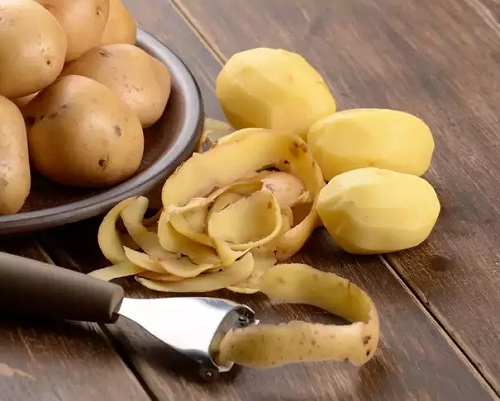
To make potato peel fertilizer, start by peeling potatoes and saving the peels in a container. Once you have enough of them, fill a five-gallon bucket with the peels and cover them with water. Allow them to soak overnight, and then strain the liquid into another bucket.
Dilute the solution to half-strength with water and pour it into a watering can or spray bottle. Use this liquid fertilizer to water your plants once in 3-4 weeks and watch them thrive!
How it Helps the Plants?
Potato peels are rich in 4 essentials – phosphorus, potassium, magnesium, and calcium. All of these help enrich the soil and replenish its organic content. They also improve drainage.
Here’s How to Make Grass Tea Fertilizer
11. Broccoli Stalks
If you have broccoli stalks left in the kitchen, chop them into small pieces and spread them around the plant’s base. Then, take a shovel and cover these up with a thin layer of soil.
The stalks will slowly break down, adding valuable nutrients and minerals to the soil. This can help promote strong and healthy growth in the plants.
How it Helps the Plants?
Broccoli is just as healthy for other plants as it is for us. The stalks are rich in phosphorus, nitrogen, and potassium, which are essential for healthy root, foliage, and flower growth.
12. Watermelon Pulp
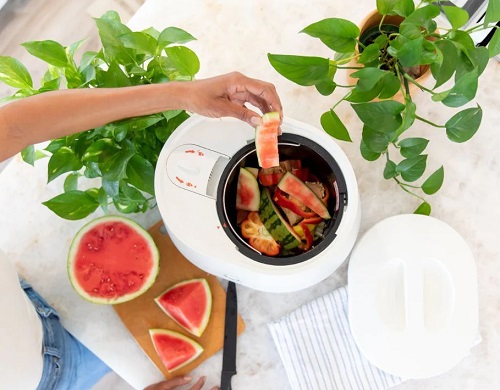
You can also try using watermelon pulps as a fertilizer. All you need to do is process them into a paste and then strain them through a fine mesh sieve to separate the juice.
The juice can be used as a liquid fertilizer (dilute it with water in a 1:1 ratio), and the pulp should be spread around the base of the plants. But don’t do it more than once per 2 months.
How it Helps the Plants?
The nutrients and minerals in the watermelon pulp improve the soil’s fertility. Watermelon pulp is incredibly helpful for acid-loving plants – blueberry bushes, azaleas, and hydrangeas.
13. Cucumber Pulp
You can also make a pulp with cucumbers. Peel a few of these and cut them into smaller pieces. Add both the peels and the pieces into the blender and turn them into a thick puree.
When you apply this paste to the soil around the plant’s base, it will break down and slowly release minerals and vitamins into the soil.
How it Helps the Plants?
Cucumber paste contains nitrates, calcium, magnesium, phosphorus, and potassium, all of which are great for healthy plant growth. Additionally, cucumber pulp adds trace elements to the soil, providing plants with the essentials they need to thrive.



